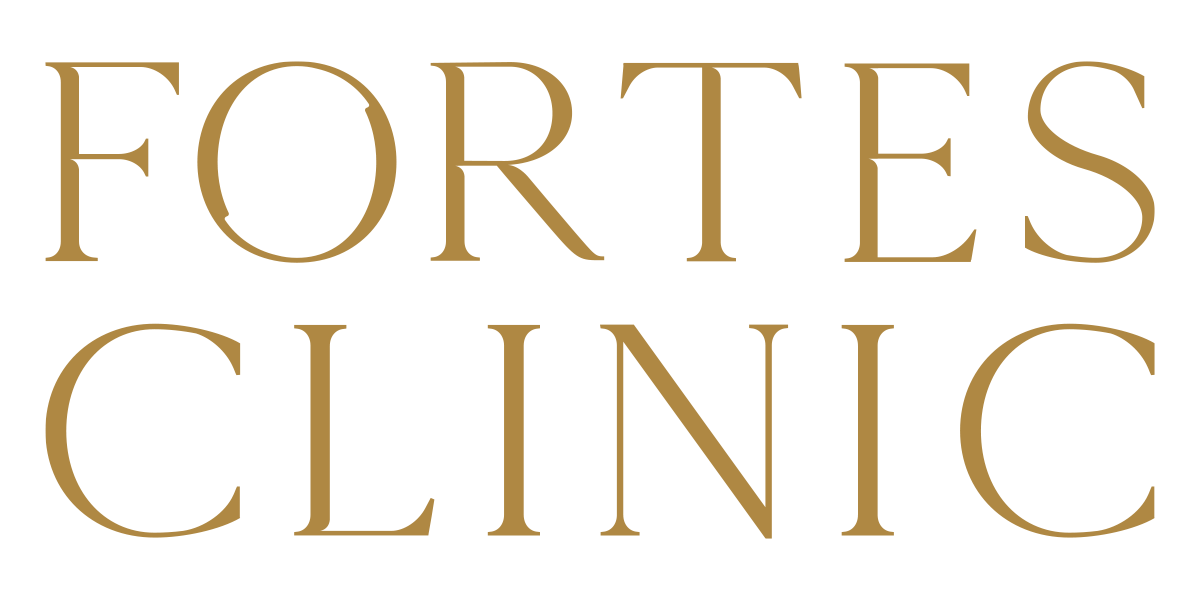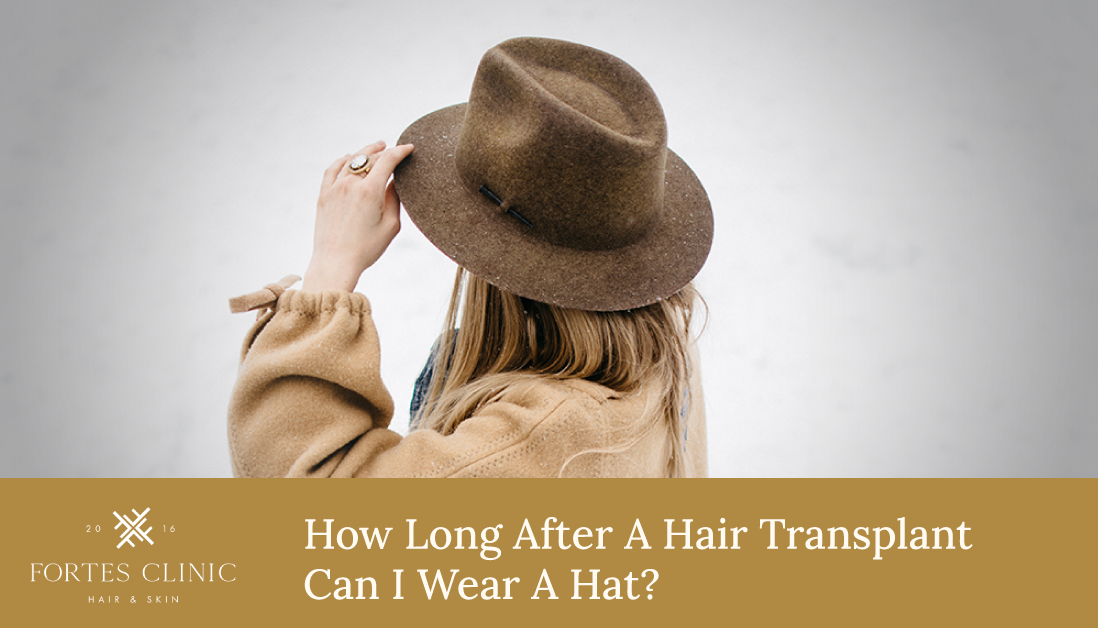Introduction
Hair transplants have become increasingly popular as a solution for hair loss, offering hope to those seeking to regain their natural hairline and confidence. However, undergoing a hair transplant procedure isn’t the end of the journey; it’s just the beginning. Post-transplant care plays a crucial role in ensuring the success and longevity of the results. One common question that arises during this phase is, “How long after a hair transplant can I wear a hat?”
In this article, we’ll delve into the intricacies of post-transplant care, focusing on the timeline and considerations for wearing hats safely after the procedure.
Hair Transplant Healing Process
What Happens During the Initial Healing Phase?
After a hair transplant procedure, the scalp undergoes a healing process. This involves the body’s natural response to trauma, which includes inflammation, scabbing, and eventually, the growth of new hair. Understanding this phase is crucial as it sets the foundation for the success of the transplant.
Factors Influencing Healing Time
Several factors can influence the healing time after a hair transplant, including the individual’s overall health, the technique used during the procedure, and adherence to post-operative care instructions. Each person’s healing process may vary, so it’s essential to be patient and follow the guidance of your surgeon.
Why Avoid Wearing a Hat Immediately After a Hair Transplant?
Risks Associated with Wearing a Hat Too Soon
Wearing a hat immediately after a hair transplant can pose certain risks that may compromise the results of the procedure. Let’s explore some of these risks in detail:
Impact on Grafts
The newly transplanted hair follicles are delicate and vulnerable during the initial healing phase. Applying pressure or friction from a hat can disrupt the grafts, leading to potential damage or displacement.
Potential Infections
Wearing a hat too soon after a hair transplant can create a warm and moist environment on the scalp, which is conducive to bacterial growth. This increases the risk of infections, jeopardizing the healing process and the survival of the transplanted hair follicles.
Discomfort and Irritation
The scalp may be sensitive and tender following a hair transplant procedure. Wearing a hat too soon can exacerbate discomfort and irritation, prolonging the healing time and potentially causing complications.
Timeline for Wearing a Hat After a Hair Transplant
Immediate Post-Transplant Period
During the immediate post-transplant period, it’s crucial to allow the scalp to breathe and heal without any external interference. Avoid wearing hats or any tight headgear to prevent unnecessary pressure on the grafts.
Short-Term Guidelines
The First Week After Surgery
In the first week after surgery, it’s recommended to refrain from wearing hats entirely. Focus on following your surgeon’s post-operative care instructions, which may include gentle washing and avoiding activities that could disturb the grafts.
Weeks 2 to 4: Transition Period
As the initial healing phase progresses, you may gradually reintroduce hats into your routine. However, opt for loose-fitting hats made from soft materials to minimise friction and pressure on the scalp.
Long-Term Recommendations
Beyond the First Month
After the first month, you can typically resume wearing hats as usual. However, continue to prioritise comfort and avoid tight or restrictive headwear that could disrupt the natural growth of hair.
Consultation with Your Surgeon
Always consult with your surgeon before resuming hat-wearing activities post-transplant. They can provide personalised recommendations based on your specific healing progress and individual circumstances.
Tips for Wearing a Hat Safely Post Hair Transplant
Opting for Loose-Fitting Hats
Choose hats that fit comfortably without applying excessive pressure on the scalp. Avoid tight-fitting caps or beanies that could impede circulation and disrupt the healing process.
Choosing Breathable Fabrics
Opt for hats made from breathable fabrics such as cotton or linen, which allow air to circulate freely and prevent excessive sweating. Avoid synthetic materials that may trap heat and moisture, increasing the risk of irritation and infection.
Proper Cleaning and Maintenance
Ensure that your hats are clean and hygienic to prevent bacterial buildup. Wash them regularly according to the manufacturer’s instructions, using gentle detergents and avoiding harsh chemicals that could irritate the scalp.
FAQs About Wearing Hats After a Hair Transplant
Can I Wear a Hat During the Initial Healing Phase?
It’s best to avoid wearing hats during the initial healing phase to allow the scalp to breathe and heal properly.
Are There Specific Types of Hats I Should Avoid?
Avoid tight-fitting hats or headgear that apply pressure on the scalp, as they can disrupt the healing process and compromise the results of the transplant.
How Does Hat Material Impact Healing?
Choosing hats made from breathable and soft materials can facilitate the healing process by minimising friction and irritation on the scalp.
How Long After A Hair Transplant Can I Wear A Hat: Conclusion
In conclusion, the decision of when to wear a hat after a hair transplant requires careful consideration and patience. While it’s essential to protect the scalp from external factors, including sun exposure and trauma, it’s equally important to prioritise the healing process and the longevity of the results. By following the timeline and guidelines outlined in this article, you can safely and confidently incorporate hats into your post-transplant routine, ensuring optimal outcomes and satisfaction with your new hair. Remember to consult with your surgeon for personalised advice and recommendations tailored to your unique needs and circumstances.
For expert advice and a tailored consultation unique to your needs, speak to our team today.



